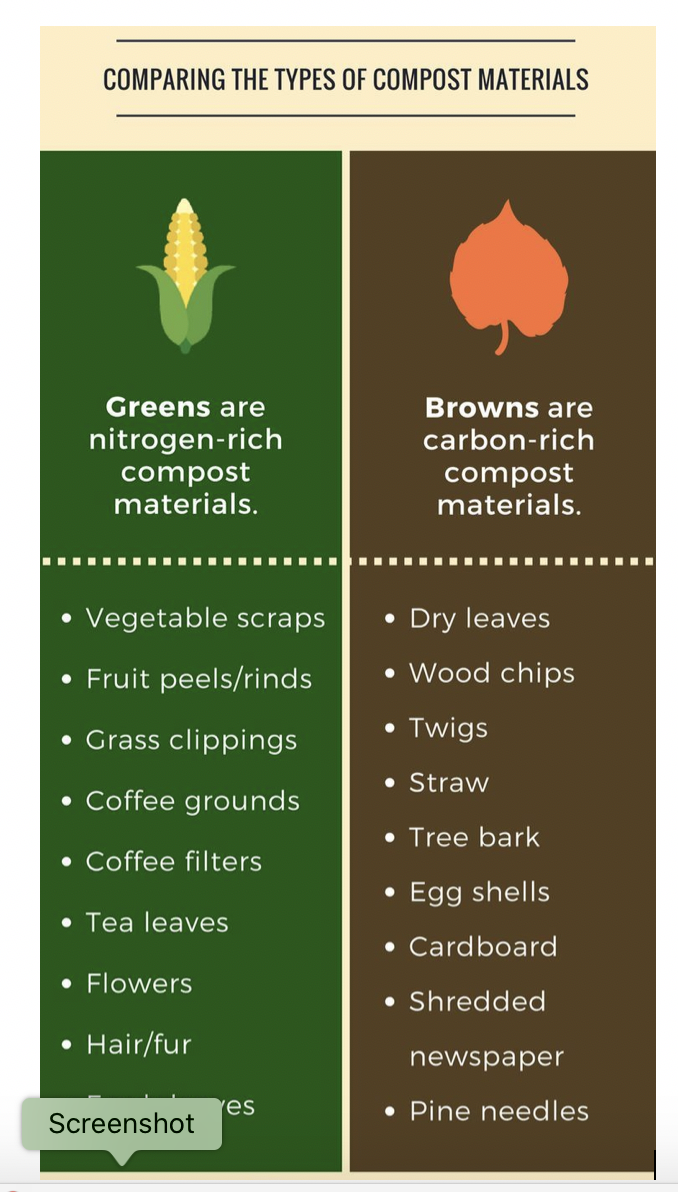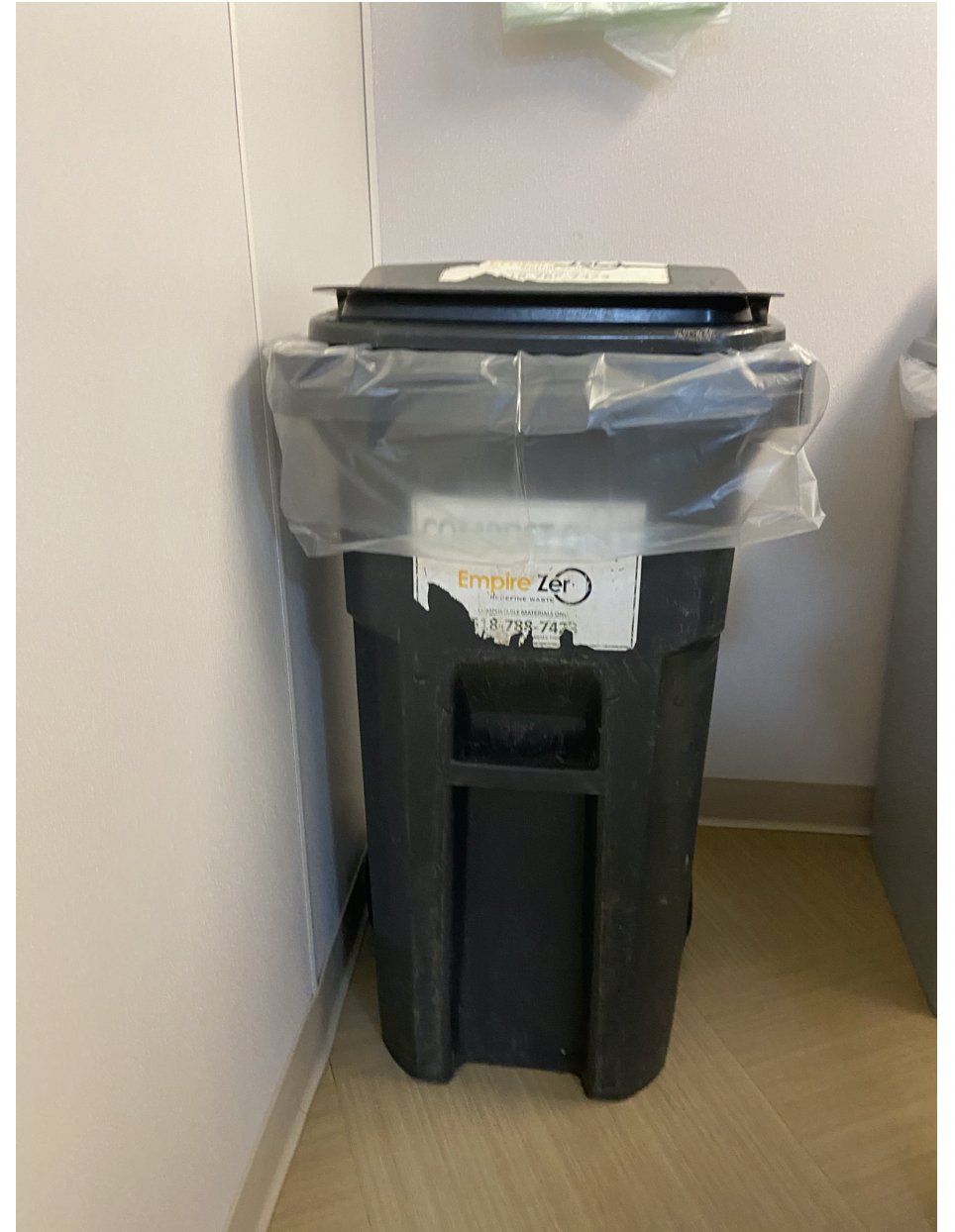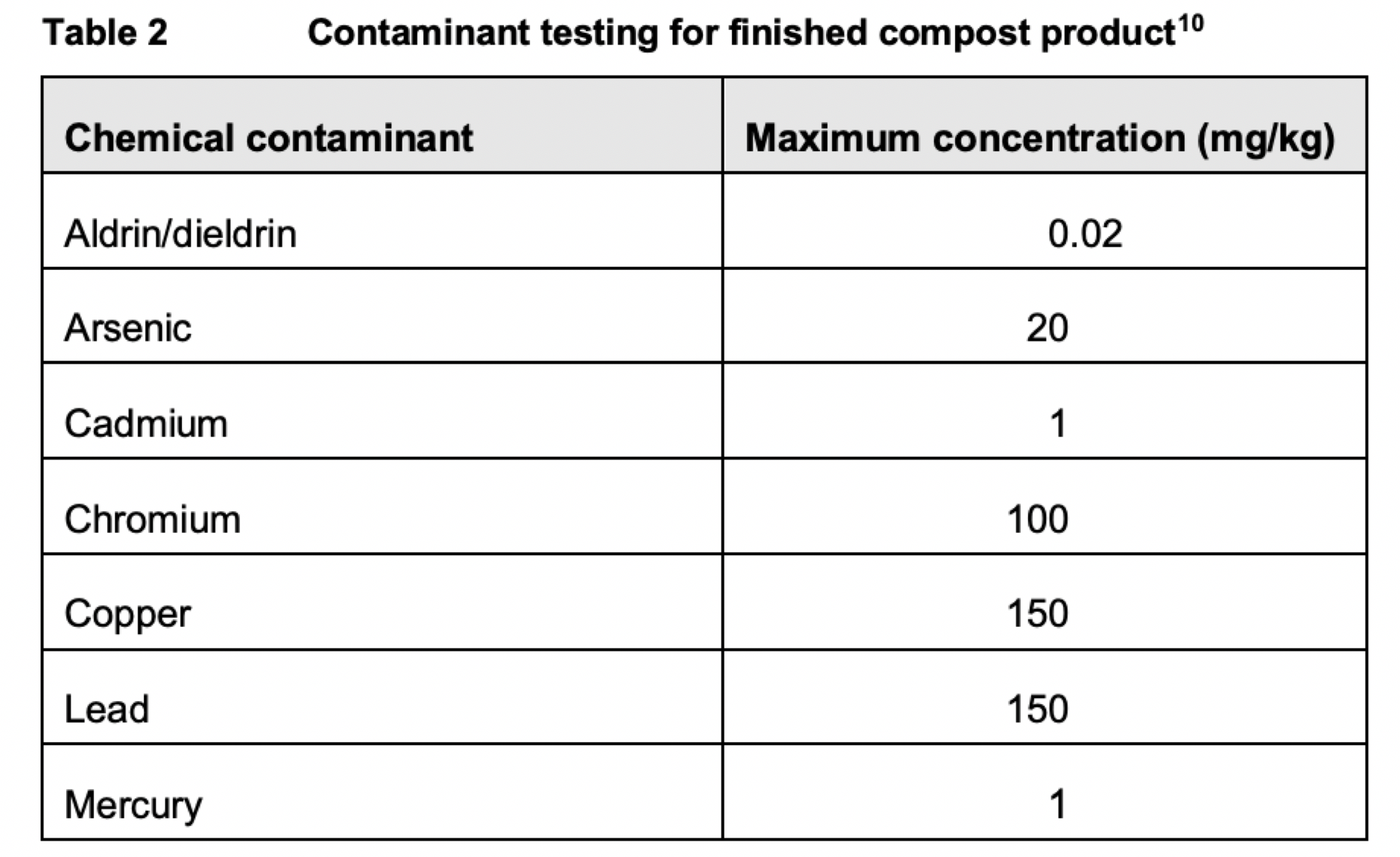• Here I am up in the air but down on the ground I turn my food waste into soil - Sophia Anderson
Hi there! I’m Sophia Anderson, a current junior at Union College in Schenectady New York. At Union, I study Political Science along with an Environmental Science and Psychology minor.
I currently live in an apartment on my college campus with two other roommates. Over the course of this year we have composted daily through our school's apartment composting program in which all of our organic waste is collected. Follow along to learn more about composting in general and as it relates to Australia!
Compost is a great resource to reduce organic waste and replenishing the earth with new and beneficial nutrients. It helps organic farmers control pests and deliver nutrients without using pesticides and chemical fertilizers. Yet, in order for compost to be truly effective, a balance of ingredients must be maintained. All compost requires three basic ingredients; browns (materials such as dead leaves, branches, and twigs), greens (grass clippings without pesticides, vegetable waste, fruit scraps, and coffee grounds) and water. Brown materials and organisms provide carbon for the compost, green organisms provide nitrogen and water gives moisture to aid the breakdown of organic matter. Water is the key element that helps transport substances within the compost pile and makes the nutrients in organic material accessible to the microbes.
• What are “greens” and “browns”?
A pile of organic waste will start to become compost when a 25:1 to 40:1 ratio of carbon to nitrogen is achieved (ratio of brown to green ingredients), a 40 to 60% moisture content is present, the oxygen content is about 5 percent or more and the pH level ranges from 6 to 8. In these conditions, microorganisms begin breaking down the organic residues and releasing heat. A clear sign that the compost is decaying properly is the release of steam when you mix the pile. So the compost I have in my home has not gone through this stage. While sitting in my compost bin under my sink it is still for the most part a pile of food that will soon begin to decompose with time.
• My food waste in a bin under the kitchen sink, beginning its journey to become soil and food again
As we take a deeper dive into the composting process, three somewhat distinctive phases will emerge.
The initial mixing phase where we collect and combine scraps is known as the mesophilic growth period. This is when bacteria growth occurs in moderate temperatures of around 20 to 45°C or 68 to 113 °F.
Following this stage, the compost will begin to heat up and enter the thermophilic phase. This is also known as the sanitation phase where temperatures reach over 55°C and break down microorganisms from human or plant pathogens as well as other biological waste. This is also the phase that is considered most important for purifying compost and removing harmful pathogens.
The final phase, known as the mesophilic phase, is a longer process that occurs at a lower temperature and matures and stabilizes the compost. (Day & Shaw, 2001). Without mesophilic and thermophilic microorganisms, a pile of food would never become compost. Lucky for us, these organisms are widely distributed in nature and commonly exist on various food materials and manures. Mesophiles thrive in temperatures commonly found in nature, while thermophiles remain dormant in nature and become active as a compost pile begins to heat up.
One critique of composting is its sanitary risks. Yet, scientific studies and literature reviews have demonstrated the important role the thermophilic phase plays in eradicating harmful and toxic pathogens. According to Bollen (1985), the eradication of pathogens from organic waste during composting occurs in two ways. Pathogens are primarily eliminated by the production of heat during the thermophilic phase. The second way pathogens can be removed is through lytic activity. Enzymes produced by some microbes have the ability to destroy pathogenic cells by breaching or breaking their outer membrane, a process known as lysis. Essentially what happens is the enzymes will break down infected cells and over time, pathogens will lose their strength to infect a host or reproduce. Furthermore, beneficial microbes that aid in the composting process have been known to outcompete pathogens for nutrients. This allows helpful microorganisms to continue to grow, while weeding out the harmful pathogens that persist. As the temperature rises above 113°F, heat-loving microorganisms replace the earlier microorganisms. At that stage, the pile will enter the active phase, with temperatures reaching 131 to 170°F in 1 to 3 days. These high temperatures are the key to killing weed seeds in a compost pile. At my school, I do not see my compost past the initial mesophilic/collection stage. It goes off to a third party contractor and is resold to farms around Schenectady.
• Compost bin - all individual compost from apartments goes into to then be sent off campus; as this is the only bin and about 40 apartments use it this bin is emptied about 2 or 3 times a day by facilities workers on campus
Though seen as an overall effective solution to mitigating organic waste, composting is still accompanied by some detrimental effects that must be regulated, especially when being made in a facility as opposed to being made at home. Furthermore, there are health hazards that must be taken into consideration if compost were to be sold and used by humans. Currently, in the United States, federal laws do not require compost to be screened for contaminants. Yet, random tests of compost used in organic agriculture have occasionally turned up elevated levels of lead and traces of pesticides. One of these pesticides is known as Imprelis. In 2011, the United States Composting Council, warned members to be wary of grass clippings laced with Imprelis, as it is not only environmentally detrimental but also does not easily break down in compost piles.
Unlike in the US, the Environmental Protection Authority in South Australia has outlined certain provisions to help mitigate these potential threats to both humans and the environment. Under the Protections of Environmental Provisions Act (POEA), the EPA developed a three-category system to specify the organics that facilities can receive. Category 1 organics have the lowest potential environmental impact. These are things like garden materials and wood. Category 2 organics have a greater impact. These are natural or processed vegetable organics or other biosolids. Category 3 organics (these include meat, fish, fatty foods and fatty or oily sludges) have the greatest potential to seriously affect the environment and amenity. Through categorizing what makes up a compost, it informs the facilities on the appropriate equipment needed to effectively process the incoming compost (DEC-NSW). Environment protection licences under the POEA allow facilities to receive organics categorized as having a lesser environmental impact but not organics categorised as having a greater potential impact. For example, facilities licensed to receive Category 2 organics may receive organics from Category 1 but not from Category 3. Thus facility occupiers need to take special care when selecting and using equipment and management techniques suitable for their particular incoming organics.
The Department of Environment and Conservation in South Australia also outlines very strict emission caps on these facilities as well as within the compost itself. The two tables below show examples of some caps on concentrations.
The following table highlights contaminants that should be tested for in finished compost in order to demonstrate compliance with DEC guidelines.
• Contamination limits
• More contamination limits
The South Australian EPA also recommends that the operation of composting facilities is avoided in the following locations:
• within 1,000 m to land that is for sensitive use
• within the floodplain known as the ‘1956 River Murray Floodplain’ or any floodplain subject to flooding that occurs, on average, more than once in every 100 years
• Within the Mount Lofty Ranges Water Protection Area and the South East Water Protection Area as declared under Part 8 of the EP Act
• Within 100 m of a bank of a major watercourse or within 500 m of a high-water mark.
Critics of composting are mainly concerned about a lack of oversight. Yet, with the provisions laid out by Australia’s State EPA, they are on the right track. Despite the possibility of harmful pathogens and emissions from facilities, these are more often than not regulated or eradicated. Furthermore, the positives of composting can not be overstated. Composting is still one of the most beneficial tools one can take in reducing and reusing organic waste and giving back what we take from our beautiful earth.
References:
https://www.epa.sa.gov.au/files/7687_guide_compost.pdf
https://bsppjournals.onlinelibrary.wiley.com/doi/10.1111/j.0032-0862.2004.01059.x#b3
Bollen GJ, 1985. The fate of plant pathogens during composting of crop residues. In: Gasser JKR, ed. Composting of Agricultural and Other Wastes. London: Elsevier Applied Science, 282–90.
https://www.epa.gov/nepa/what-national-environmental-policy-act
https://www.environment.nsw.gov.au/resources/waste/envguidlns/composting_guidelines.pdf







